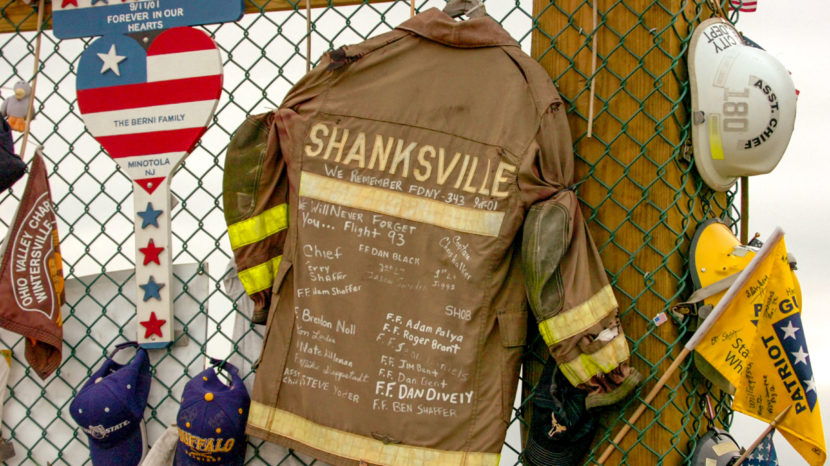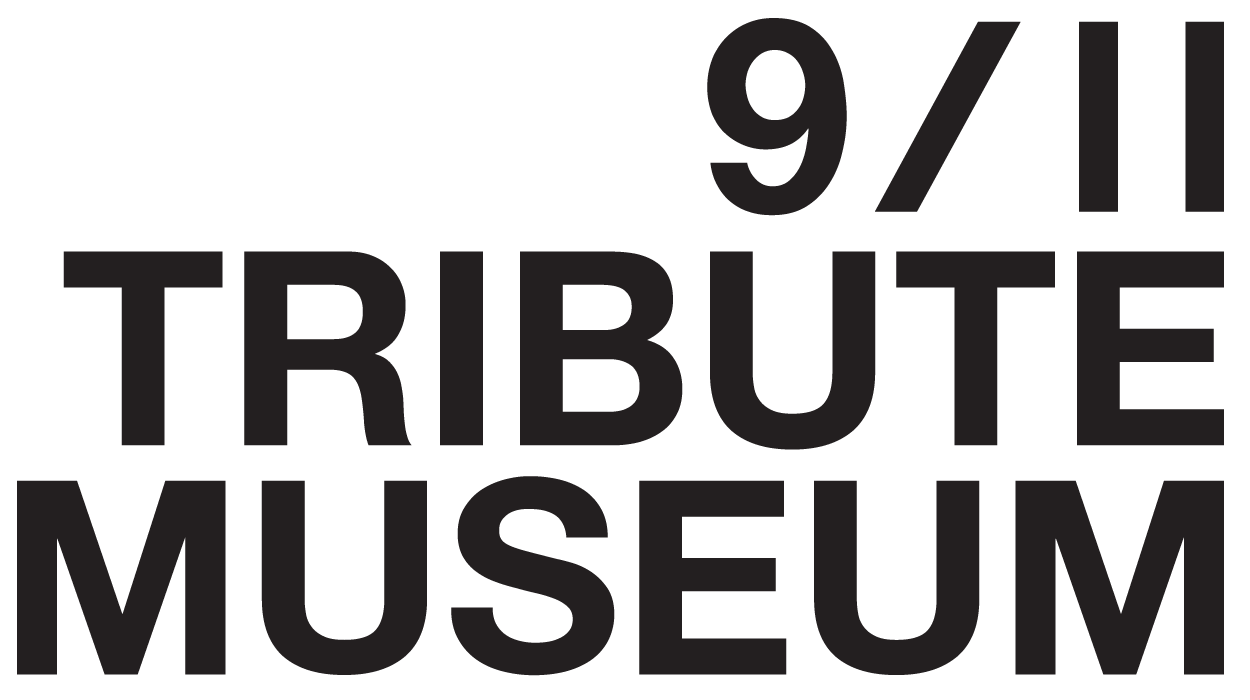Connect & Reflect presents five facts that ask students to connect the story to its historic context or to the choices that they make in their own lives.
Unit 8 – Connect & Reflect

1. Fact: At 9:37a.m., as Pentagon employees in Washington, D.C. watched the attacks in New York City, they were shocked as hijacked American Airlines Flight 77 was deliberately flown into the Pentagon in Arlington, Virginia. The 59 passengers on board the aircraft and 125 military and civilian personnel working inside the Pentagon were killed.
Personal Experience Question: Jim Laychak and Gordon Felt, both of whom lost their brothers on September 11th, recognized that their families were experiencing a personal loss, but that the whole nation experienced 9/11 as a collective loss. How do their actions reflect this dual loss?
2. Fact: After a delayed departure, United Airlines Flight 93 took off at 8:42 a.m. from Newark, New Jersey en route to San Francisco, California. Around 9:28 a.m. hijackers in first class attacked, gaining control of the plane and turning towards Washington, D.C. Using cell phones and airplane phones, passengers and crew members learned of what was happening in New York and the Pentagon and decided to rush the cockpit of the plane and overtake the terrorists. As the passengers and crew struggled with the terrorists for control of the plane, Flight 93 crashed in an open field in Somerset County, Pennsylvania at 10:03 a.m., killing the 40 passengers and crew members on board.
Personal Experience Question: What were the passengers and crew trying to prevent by overtaking the terrorists? Why were their actions heroic?
3. Fact: Dedicated on September 11, 2008, the Pentagon Memorial consists of 184 memorial units that are individually engraved with the name of a victim and arranged according to the age of the victim from youngest to oldest. The Flight 93 National Memorial near Shanksville, which will open with a dedication on September 11, 2011, will later add other elements including a visitor center, Forty Memorial Groves of Trees, and a Tower of Voices with 40 wind chimes.
Personal Experience Question: What symbols are built into the designs of these two memorials? How does the design of a memorial affect the experience of visitors? What types of rituals can you envision developing in each memorial?
4. Fact: Staff at the Pentagon and the Army Corps of Engineers took the first steps in deciding to build the memorial at the Pentagon and invited family members of victims to join the process. Near Shanksville, people from five groups — the National Park Service, the Families of Flight 93, the Flight 93 Advisory Commission, the Flight 93 Memorial Task Force and the National Park Foundation — with members from the local community, national leaders and family members, are working together to plan and create the memorial.
Personal Experience Question: What were the roles and responsibilities of different groups in the building of these memorials? Does your community have a memorial to an event in history? Who helped to plan and dedicate it? How does the community acknowledge the memorial’s presence?
5. Fact: Both the Pentagon Memorial and the Flight 93 National Memorial acknowledge the importance of remembering the victims as individuals. Jim Laychak said that at the Pentagon, “It’s an individual memorial, it’s a collective memorial, and it tells the story of what happened that day.” Gordon Felt said “We want to remember the collective efforts of people that day, but we don’t want to forget the individuals in that process…. There were heroes all over our country that day and we don’t want people to lose sight of who those heroes were.”
Personal Experience Question: Is it easier to understand history if you think about the personalities of the individual people who participated in that history? How do you think family members have influenced the creation of the 9/11 memorials around the country? Why do personal stories help us to connect with events?
